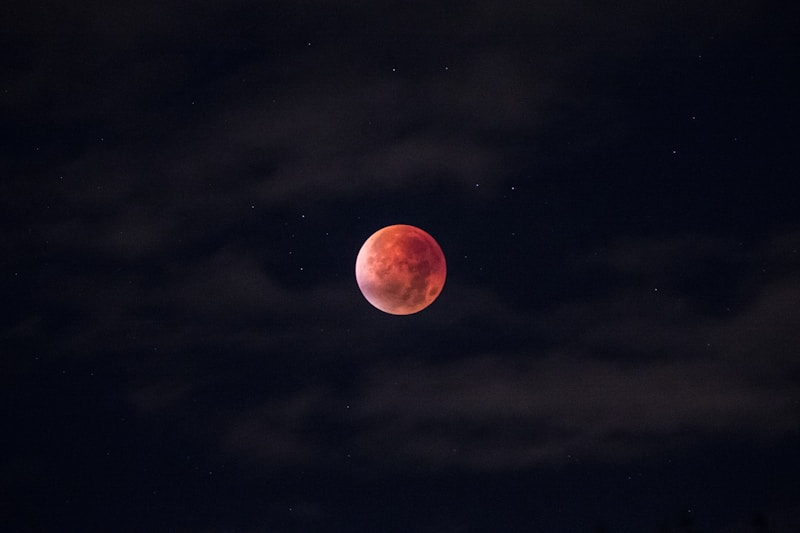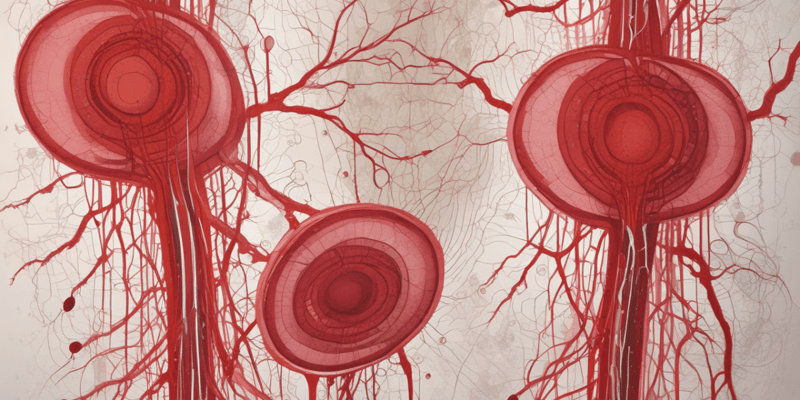20 Questions
What is the main function of blood in the body?
Transport of gases, nutrients, and waste products
Which component makes up the majority of the total blood volume in the average adult male?
Plasma
What percentage of the total blood does formed elements (cells and cell fragments) make up?
45%
Which plasma protein helps maintain water balance in the body?
Albumin
What is the main difference between plasma and serum?
Serum is the liquid portion of unclotted blood and plasma is the liquid portion of clotted blood
Where does hematopoiesis, the process of blood cell production, occur in the fetus?
Red bone marrow
Which component is a clotting factor that aids in clot formation?
Fibrinogen
What makes up about 91% of the composition of blood plasma?
$H_2O$ (water)
Which component is involved in transporting processed molecules in the body?
Plasma
What is the primary function of thrombocytes?
Clot formation
Which organ is primarily responsible for the production of white blood cells after birth?
Red bone marrow
What is the function of erythrocytes?
Transporting oxygen from the lungs to the body's tissues
What is the main constituent responsible for the red color of red blood cells?
Hemoglobin
What causes the formation of carboxyhemoglobin in the blood?
Incomplete combustion of hydrocarbons
What is the consequence of prolonged exposure to carbon monoxide?
Nausea, headache, unconsciousness, and death
What causes kidneys to increase production of erythropoietin (EPO)?
Decreased blood O2 levels
Where are old, abnormal, or damaged RBCs removed from the blood?
Spleen and liver
What happens to globin during the breakdown of hemoglobin?
It is broken down into amino acids that are reused to produce other proteins.
What does carbon monoxide bind to in hemoglobin?
Iron
What is necessary for the normal function of hemoglobin?
Heme groups
Explore the functions and characteristics of blood, including its role in transporting gases, nutrients, waste products, and regulatory molecules, as well as its importance in regulating pH, osmosis, body temperature, and providing protection against foreign substances. Learn about its composition as a connective tissue with a liquid matrix (plasma) containing cells and cell fragments (formed elements).
Make Your Own Quizzes and Flashcards
Convert your notes into interactive study material.




